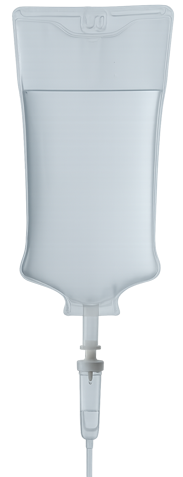Chelation
What is Chelation Therapy?
Chelation is the process of removing a heavy metal from the bloodstream to treat lead or mercury poisoning. Chelation can help improve cardiovascular disease, erectile dysfunction, Raynaud’s Disease and assist with Cancer Care.
Heavy metal toxicity from chronic environmental exposure is often unrecognized because its symptoms are similar to many other health conditions: fatigue, nausea, insomnia, impaired mental function, nervousness, and even damage to vital organs. Although some heavy metals are part of a healthy diet (the trace elements iron, copper, manganese, and zinc), others (including arsenic, lead, mercury, cadmium, and aluminum) may become toxic when they accumulate in soft tissues after exposure through food, water, air, or absorption through the skin. Although arsenic and lead still lead the list of toxic heavy metals, potential mercury poisoning from fish such as tuna and swordfish, childhood immunizations, and dental fillings has caused increased concern. Chelating agents that bind to the heavy metals often are used to detoxify the body.
Derived from the Greek word for “claw,” chelation is the process of chemically binding metal ions and removing them from the tissue, to be filtered from the blood in the kidneys and eventually excreted in the urine. Chelating agents may be administered orally, intramuscularly, or intravenously.
Common chelating agents are:
- EDTA
- CaEDTA
- DMSA
- IV Vitamins
EDTA Chelation Therapy
EDTA chelation removes metals and minerals from the blood, such as lead, iron, copper, and calcium, and is approved by the U.S. Food and Drug Administration (FDA) to treat lead poisoning and toxicity from other heavy metals.
DMPS DMSA (dimercaptosuccinic acid) and EDTA (ethylenediamine tetraacetic acid) are chelators physicians utilize to remove heavy metals from patients suspected of heavy metal poisoning.




